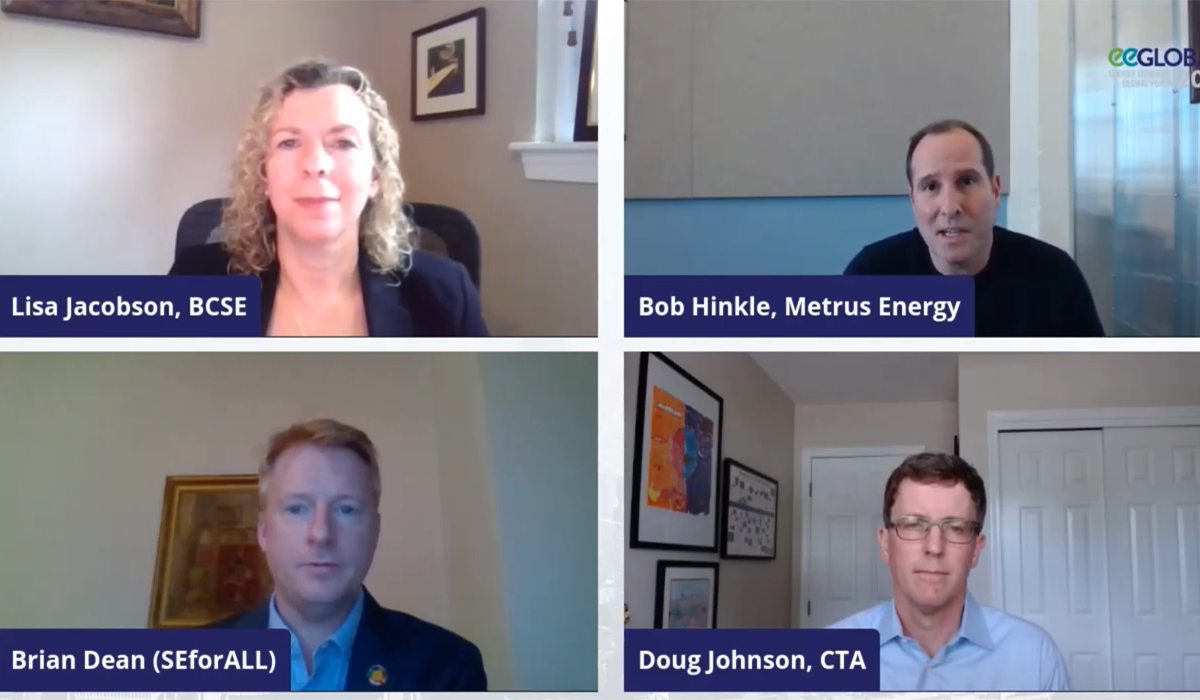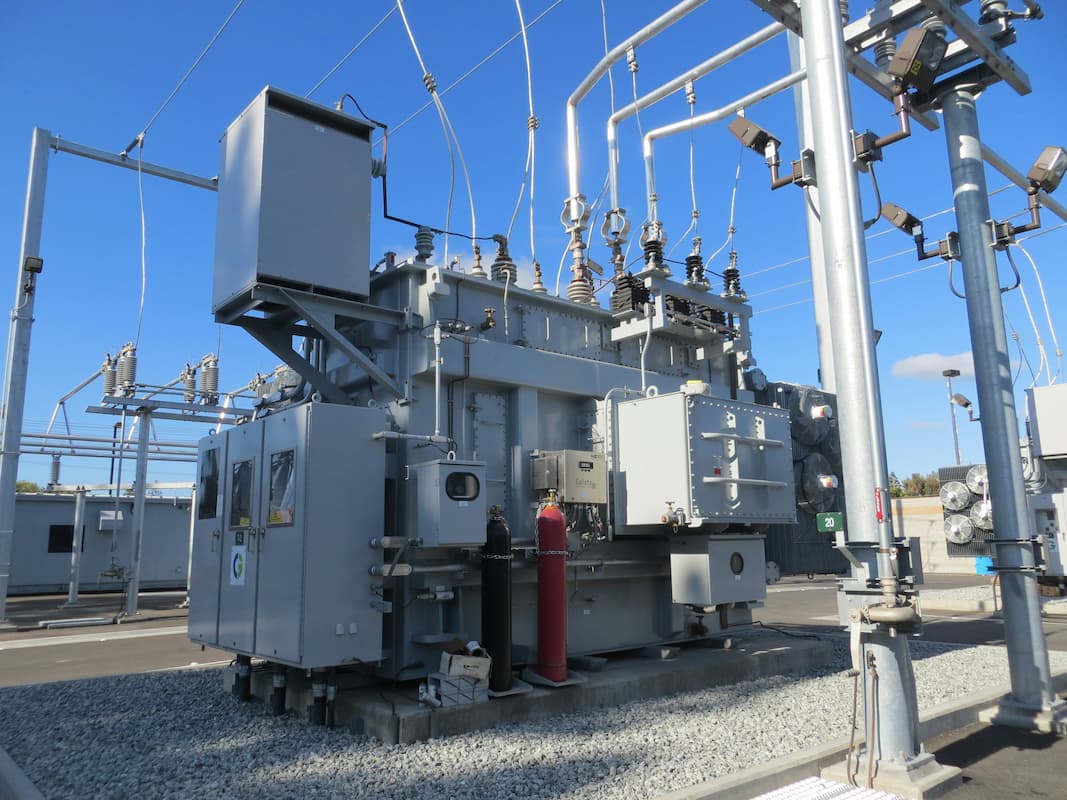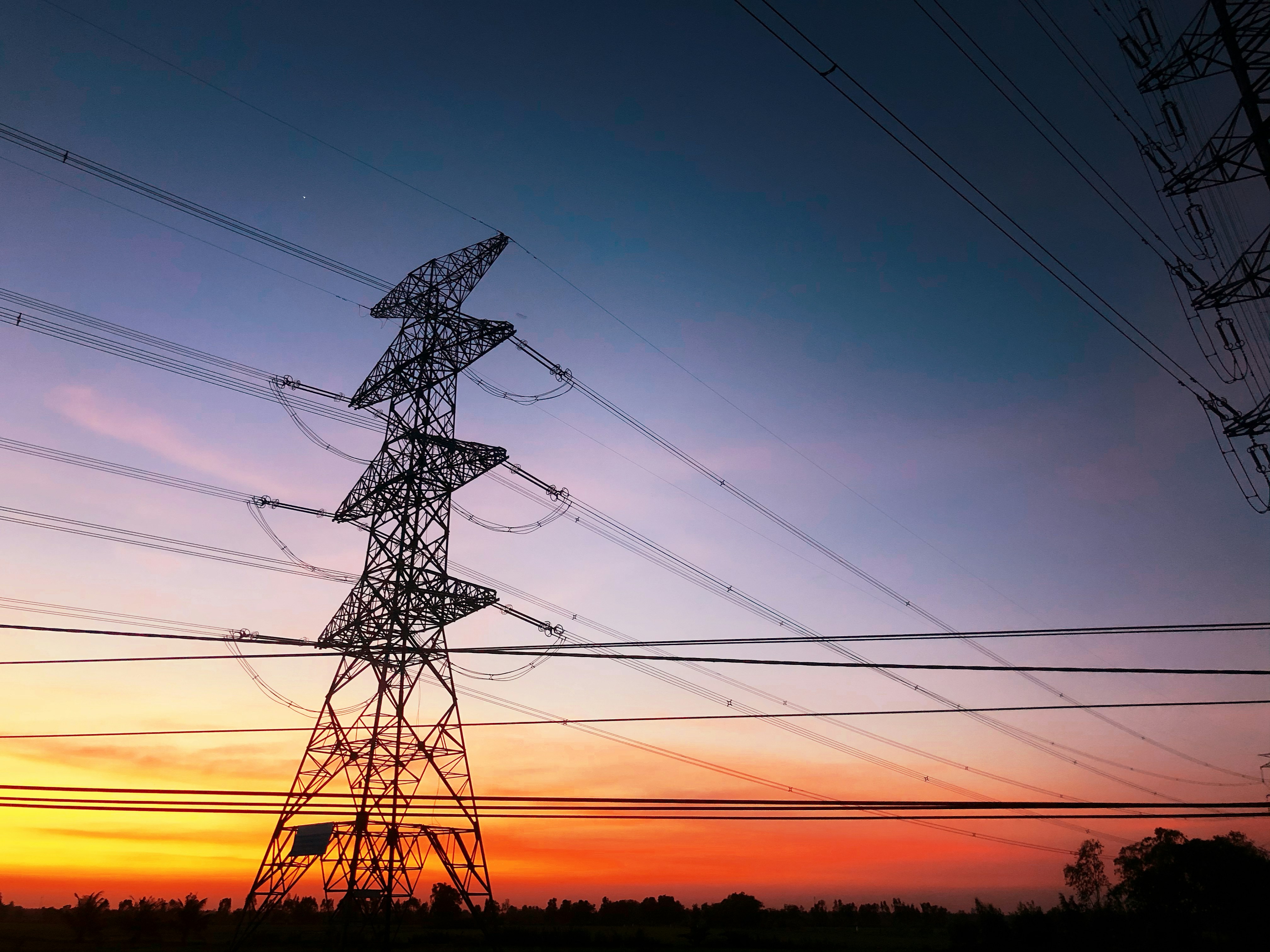Three Ways to Accelerate the Deployment of Energy Efficiency
Let's Save Energy
Alliance to Save Energy's Blog

Guest blog by Bob Hinkle, President and CEO, Metrus Energy.
The Alliance to Save Energy’s EE Global Forum is unique in its ability to assemble an eclectic group of energy efficiency policy and business leaders. The composition of this year’s event was no exception. I was fortunate enough to be on one of the Forum’s panels earlier this month with Brian Dean from the international organization Sustainable Energy For All (SEforALL) and Doug Johnson from the Consumer Technology Association (CTA). Lisa Jacobson from the Business Council for Sustainable Energy moderated our discussion, which centered on the challenges and solutions to create a lasting trajectory for energy efficiency deployment.
The panel pulled together seemingly different perspectives and collective experience that included Metrus Energy’s work as a climate-positive investor in third-party owned and operated energy efficiency and renewable energy projects, CTA’s efforts as a global consumer technology manufacturers association, and SEforALL’s development of clean energy policies and programs in emerging markets. What emerged, however, were three key themes that provide insight on charting a path forward to accelerate energy efficiency investment:
Scale requires standardization. There was broad-based consensus that the energy efficiency industry lacks standardization in several key areas which limits its growth. This includes the growing market for third-party, Energy as a Service financing solutions where the menu of different as-a-service offerings related to energy efficiency is confusing to both customers and investors. The term “sustainable energy” can unify the as-a-service market and define its core values in a manner consistent with the United Nation’s Sustainable Development Goal 7. Defining what is and isn’t Sustainable Energy as a Service will simplify and standardize offerings around third-party ownership, paying for services on a per unit of energy savings (or renewable energy generation), and measuring carbon emissions savings.
Standardizing product offerings and project development approaches will also benefit work in emerging markets across the world. In particular, distilling best practices for different types of energy efficiency upgrades and financing solutions will help avoid, as Dean said, “the information overload and disconnected narrative” that inhibits action and prevents projects from moving forward. For manufacturers of consumer technologies, having global (or even national) efficiency standards would streamline what is often a costly and time-consuming process of satisfying hundreds of different local regulations.
Private sector actions (often) speak louder than policy initiatives. Although there was unanimous support for comprehensive policies to promote energy efficiency, private sector-led efforts are critical. This includes voluntary, business-led coalitions like America is All In and RE100 that mobilized significant levels of investment in clean energy over the last four years during a period when the federal government was absent-without-leave from climate policy. The longstanding ENERGY STAR program was cited as another successful example of a voluntary, market-driven approach. Both within and outside of the U.S., voluntary agreements (VAs) to improve the efficiency of consumer electronics have proven to be an important alternative to traditional regulation for rapidly changing product and equipment categories (CTA’s work to improve the energy efficiency of set-top boxes and small network equipment was discussed as a model to provide “built-in flexibility for rapidly changing industries”).
Energy efficiency’s unique perspective in this ESG moment. The panel commented on the unprecedented wave of ESG (Environmental, Social, and Governance) investments which in the U.S. have more than doubled in the last year. It was noted that ESG investments would benefit from incorporating the experience of the energy efficiency industry to help track and verify the ongoing impact of CO2 reductions. Energy efficiency’s importance in the fight against climate change was also discussed in light of an International Energy Agency report that estimates efficiency upgrades can account for close to half of the emission reductions required to hit the targets of the Paris Agreement.
The panel ended with a recognition of the ambitious targets being set in the U.S. and internationally. Despite our different areas of expertise, there were common themes that emerged and enthusiasm for the wide-ranging work ahead for us all. We are up to the task and look forward to making progress as proud members of the Alliance to Save Energy.
Watch a full recording of the panel, “Creating an Accelerated, Lasting Trajectory for Energy Efficiency Deployment.”
RECENT BLOG POSTS
STAY EMPOWERED
Help the Alliance advocate for policies to use energy more efficiently – supporting job creation, reduced emissions, and lower costs. Contact your member of Congress.
Energy efficiency is smart, nonpartisan, and practical. So are we. Our strength comes from an unparalleled group of Alliance Associates working collaboratively under the Alliance umbrella to pave the way for energy efficiency gains.
The power of efficiency is in your hands. Supporting the Alliance means supporting a vision for using energy more productively to achieve economic growth, a cleaner environment, and greater energy security, affordability, and reliability.



